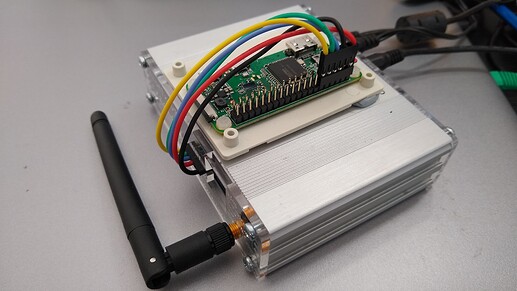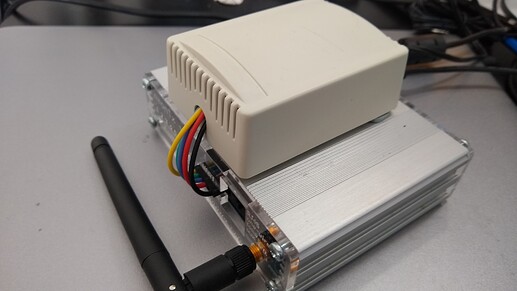By way of an update, I bought some dupont connectors, a crimping tool and made up a cable. I had the case lying around and the Pi already had the header soldered on.
Currently running a full emonScript install.
The improvement would be to use right-angle headers and this case - it would be really neat then!

